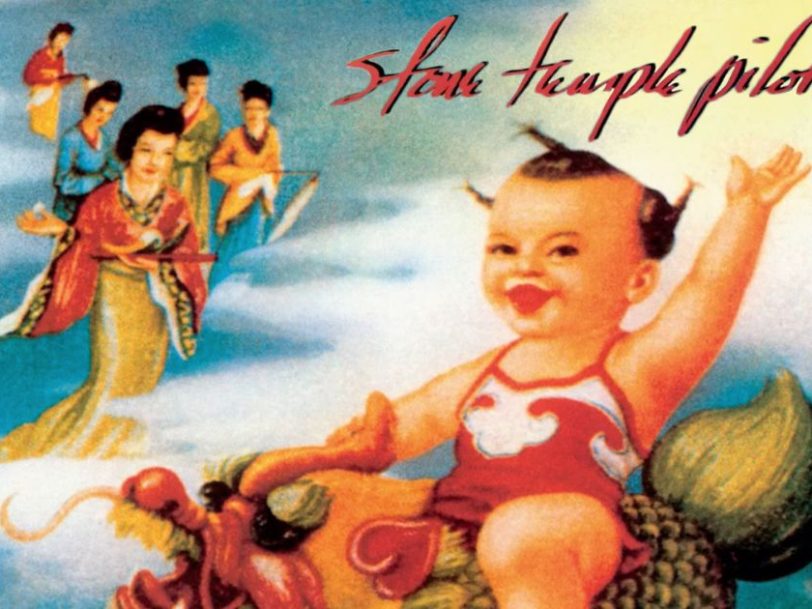Though it was an absolute tragedy on a human level, the death of Nirvana frontman Kurt Cobain, in April 1994, reignited interest in the still-buoyant grunge scene. The same year that Cobain passed away, Nirvana’s Seattle compatriots Soundgarden and Pearl Jam enjoyed multi-platinum sales with, respectively, the albums Superunknown and Vitalogy, while other bands of a similar stripe came to prominence – not least Stone Temple Pilots, whose second album, Purple, proved to be one of 1994’s biggest releases.
With hindsight, the group would likely have made a seismic impact regardless of the wider context. The San Diego quartet, fronted by the charismatic Scott Weiland, had staked a claim to greatness with their 1992 debut, Core – which peaked at No.3 on the Billboard 200 – but they were determined to make a record which bettered it both creatively and commercially.
Listen to Stone Temple Pilots’ ‘Purple’ album here.
The recording: “We wanted to manipulate the studio to our liking”
“When we did Core, we were still just coming out of playing clubs between San Diego and Los Angeles,” Stone Temple Pilots drummer Eric Kretz told Billboard magazine in 2019. “And we knew that we wanted to create these hard rock songs with specific tones to them… For Purple we really honed-in on different types of sounds and how to manipulate the studio more to our liking.”
Keen to keep momentum going, Stone Temple Pilots took just a month off after touring Core, entering a rehearsal room in Los Angeles to work intensively on new songs and arrangements – a decision which worked in their favour as their second album, Purple, began to come together.
“We flew to Atlanta to cut the album with [producer] Brendan O’Brien almost immediately afterwards,” Kretz recalled. “For Purple, it was so streamlined. I mean, we had that album recorded and mixed in three and a half weeks.”




